Unlocking Crete: why renting a car is your best bet
LOCAL GUIDE
Author: Tonia
7 min read
Your guide to exploring Crete by car
If you’re planning a trip to Crete and thinking about getting around, renting a car is one of the best choices you can make. With its stunning landscapes, charming villages, and hidden gems, Crete is an island that deserves to be explored at your own pace.
Bullet holes in road signs
In Crete, it’s common for road signs to be riddled with bullet holes, especially in mountainous areas where many locals own guns. This unusual sight often comes from celebratory shooting at weddings and other festivities.
Secrets of the Cretan roads: shrines and signs with holes
Kandylakia - the roadside shrines of Crete
As you drive along Crete's winding roads, you'll spot small roadside shrines called kandylakia. Made from various materials, these shrines honor lives lost and saved, allowing travelers a moment of reflection. Many commemorate road accidents, while others celebrate miracles and express gratitude to patron saints.
Cretans hold these shrines dear as symbols of their rich religious culture. Often decorated with icons, candles, and flowers, they remind us of family ties and the value of life. Some even indicate nearby churches or monasteries, especially in remote areas. Next time you see a kandylaki, you’ll understand its cultural significance.
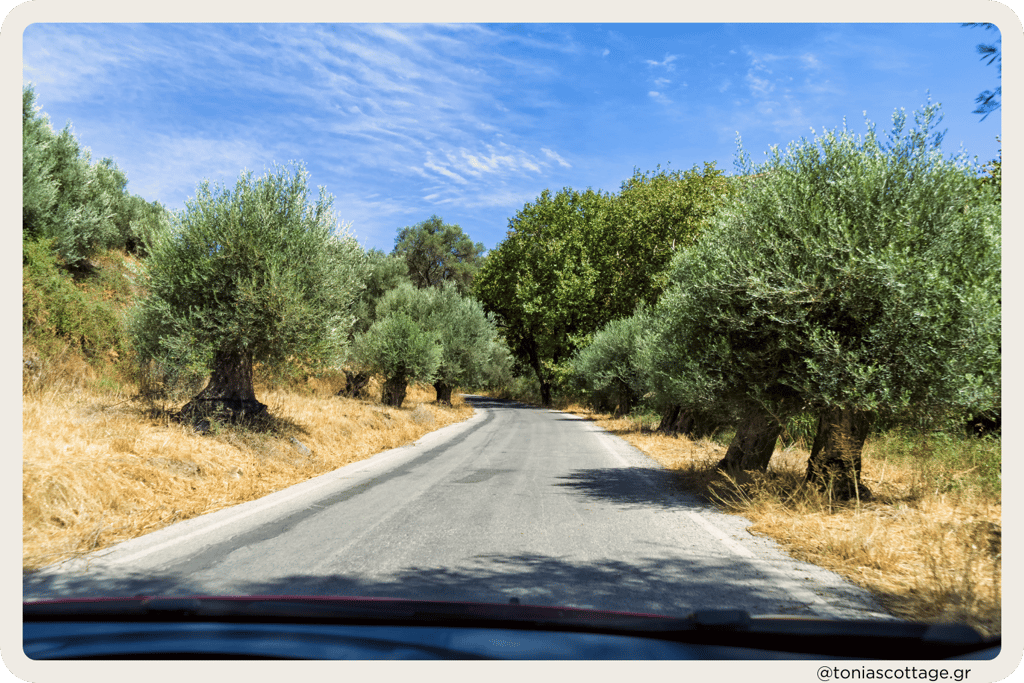

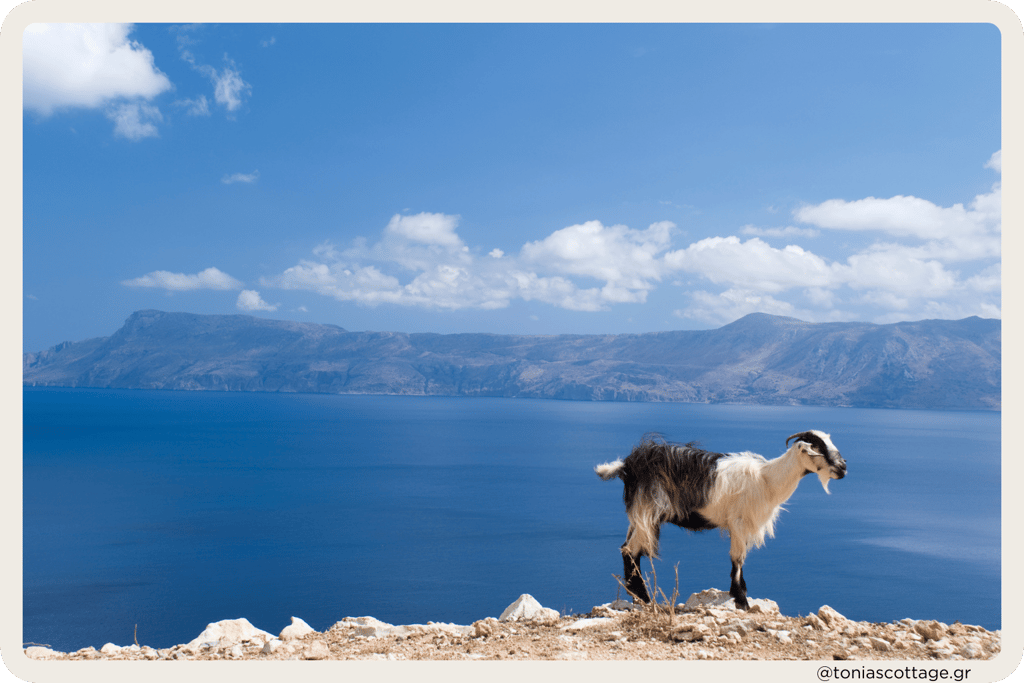

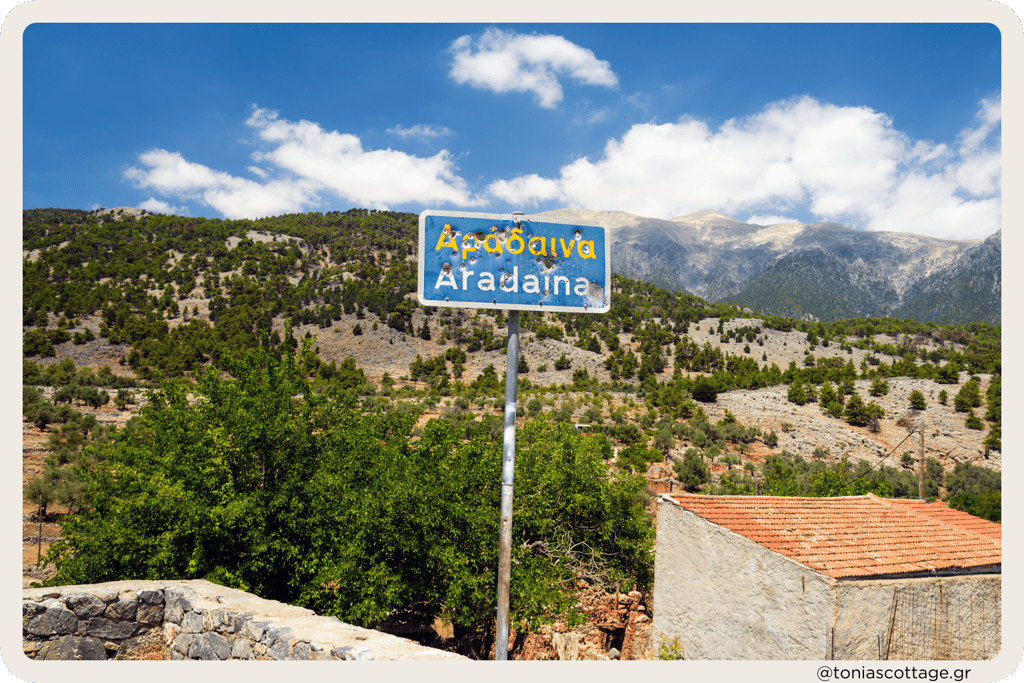

Keep your documents ready: Always have your driver’s license, rental agreement, and other important papers in the car. You might need to show them at police checkpoints or if there’s an accident.
Double check when crossing: When you come to a traffic light, even if it’s green, be cautious. Greek drivers sometimes run red lights, so make sure to check for oncoming traffic before you go, especially if you’re the first to move.
Keep to the side: If you're driving slowly or not planning to overtake, try to stay towards the edge of the road to help local drivers pass easily. On highways, it's normal to drive a little into the emergency lane to let others overtake. However, avoid moving into the emergency lane when the road curves to the right, as this can reduce your visibility and lead to accidents if there’s a vehicle parked ahead of you. In such cases, the driver behind you will need to wait.
The art of honking in Crete: In Crete, honking is often seen as aggressive, so it's best to use your horn only when necessary—a quick beep is usually enough to alert another driver. However, the sound of horns is quite common and can mean different things, such as a driver greeting a friend or tooting as they pass a relative’s shop. So, don’t assume that every honk is directed at you!
Using Google Maps: Google Maps usually works well, but it can sometimes lead you off course, especially in the mountains or small villages. What looks like a road might just be a rough path. If you’re unsure, ask a local for directions instead of risking it.
Different road types: Crete has all kinds of roads. The New National Road is like a highway and great for driving along the coast from Heraklion to Chania. But in the south or mountains, the roads can be narrow and twisty. They may be tricky to drive but can take you to beautiful and quiet places.
Note road conditions & rockslides: Watch for potholes and loose gravel while driving. Stay alert for rocks that may fall onto the road, especially after rain or due to wind and animals. Regularly scan the road ahead to ensure a safe journey.
Wildlife on the road: Be on the lookout for farm animals or goats crossing the road, especially in rural areas. It’s a fun part of the Cretan experience, so take a moment to enjoy it!
Keep an eye out for motorcycles: Be careful of motorcycles, as their riders can be assertive. Drive defensively and keep a safe distance to stay safe on the roads.
One-way streets: Watch out for people driving or riding the wrong way! This is common in towns, so stay alert.
Evening traffic and parking: During dinner time, towns can become crowded, with cars parked everywhere, narrowing the roads. If tight spaces make you uneasy, consider parking outside the town center. You can find more information about good parking areas HERE.
Fueling up: In Crete, you won't find self-service gas stations—an attendant will fill your tank for you, so just sit back and relax! Fuel stations are readily available in larger towns and along the New National Road. However, if you're venturing into more remote areas, it's wise to keep your tank topped up, as gas stations can be few and far between.
The freedom to explore
When you rent a car in Crete, you’re not just securing a vehicle—you’re unlocking the freedom to explore. From picturesque beaches to ancient ruins, having your own wheels allows you to venture into those off-the-beaten-path locations often missed by tourists. Imagine cruising along the coast, pausing at a secluded beach, or wandering through a quaint village. These experiences create lasting memories that simply aren’t possible on a tour bus.
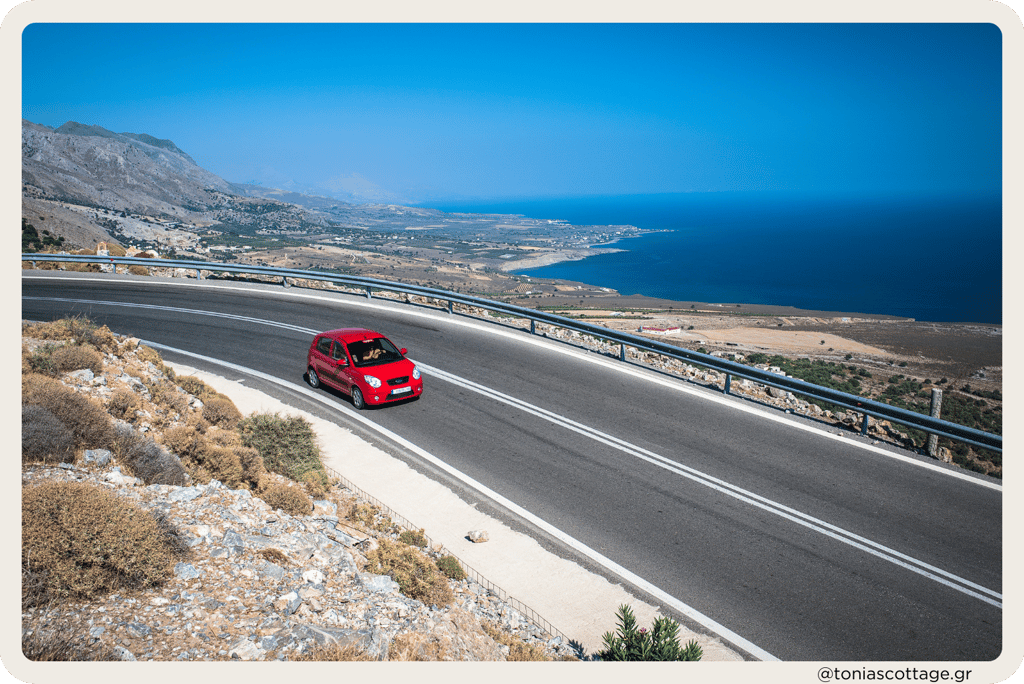

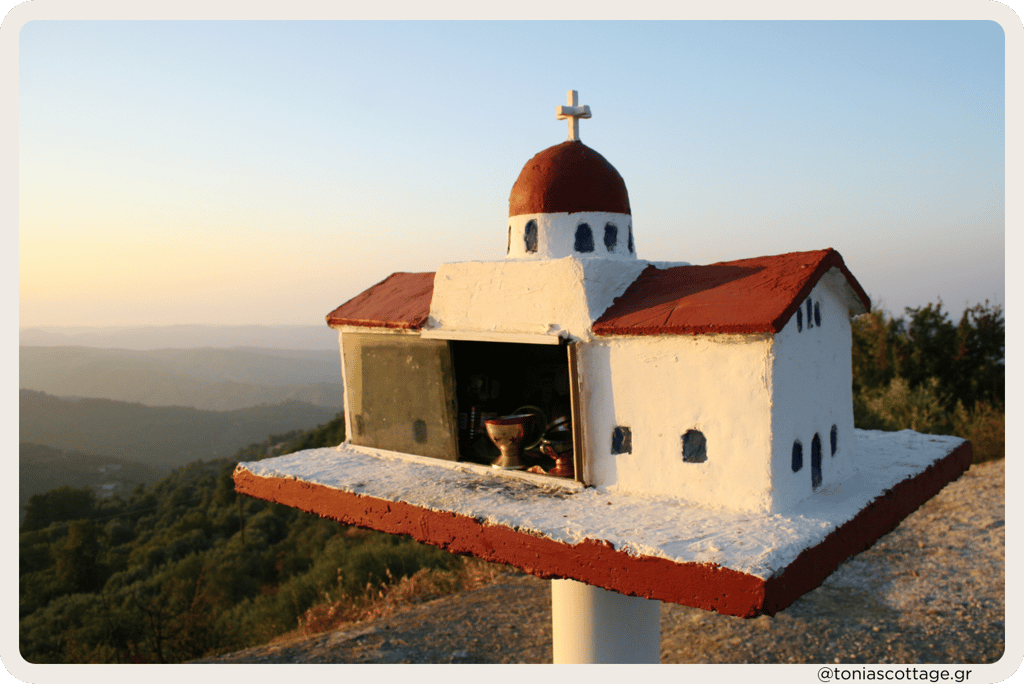

Here’s a helpful tip: choosing accommodation a bit further from the main cities can motivate you to get out and explore. Staying in a quieter area provides a peaceful retreat after a day of driving, inspiring you to uncover even more of Crete’s hidden treasures along the way. Tonia’s Cottage is in a great location for this!
If you’re looking for a safe and reliable car rental, feel free to book through me! I’m here to help you make the most of your Crete experience.
Take care! ❤️
Tonia
Discover Crete behind the wheel
Driving in Crete is a fantastic way to explore everything this beautiful island has to offer. With a little preparation and some caution, you can enjoy the freedom of the open road and make unforgettable memories. Whether you’re navigating the mountainous terrain, cruising along the coast, or wandering through charming villages, your adventure in Crete is sure to be unforgettable.
Navigating the roads like a local
Now, you might be thinking, “Great, I’ve read the rules, so I know how to drive in Crete.” But it’s important to remember that Crete, often described as a world of its own, has a unique rhythm for many things—including driving. Don’t worry, though! Here are the most important tips to help you navigate like a local:
Go with the flow and never assume! 🚗
When driving in Crete, it's crucial not to assume that other drivers will follow the rules or make way for you just because it seems logical. Instead, adopt a defensive driving approach—expect that others may not accommodate your needs and be ready for unexpected behavior. Cretan drivers often multitask, such as holding coffee or using their phones, which can lead to sudden movements on the road. If you find yourself driving slowly, feel free to pull over to let faster drivers pass. Staying calm and going with the flow will make your driving experience much smoother!
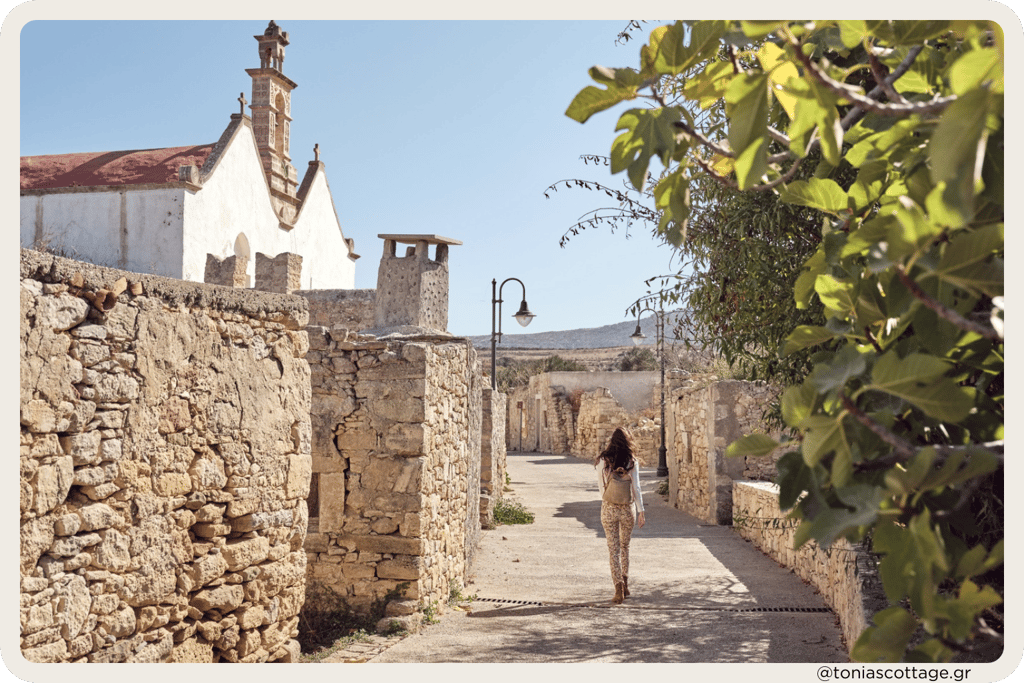

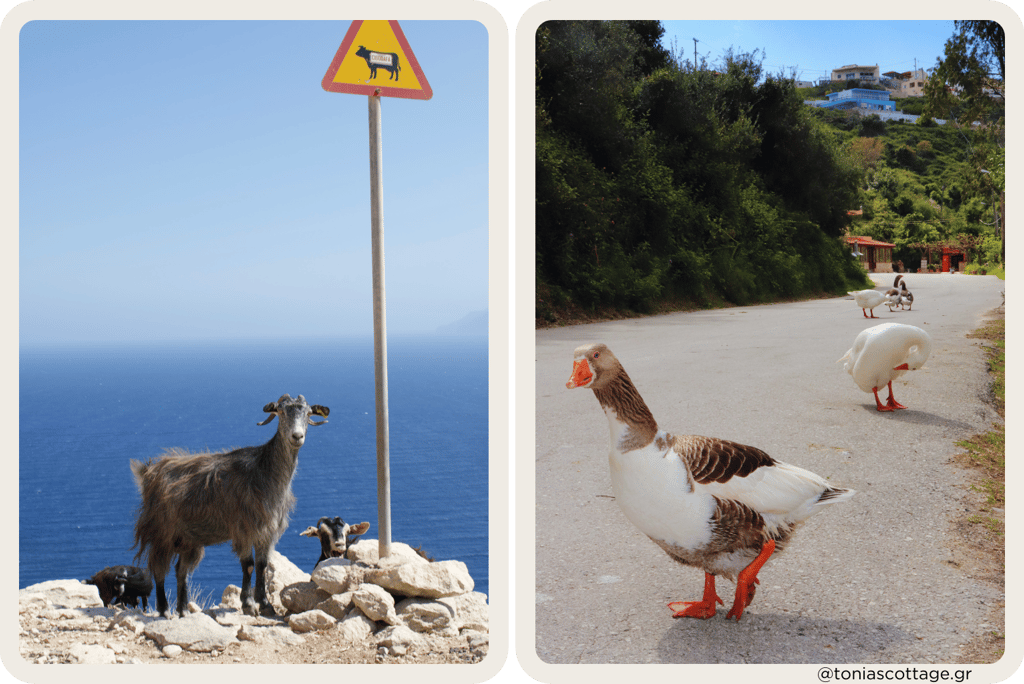

Essential driving rules in Crete and Greece
Before hitting the road, it’s important to familiarize yourself with the driving regulations in Crete and Greece to ensure a smooth and safe experience. Here are some key rules to keep in mind:
Drive on the right: In Crete, as in the rest of Greece, vehicles travel on the right-hand side of the road. This is the same as in most European countries and the USA.
Seatbelts are mandatory: All passengers, both in the front and back seats, are required by law to wear seatbelts at all times.
No phone use while driving: Using a mobile phone while driving is prohibited unless you’re using a hands-free system.
Speed limits: Speed limits in Crete are 30–40 km/h in urban areas, 70–90 km/h on rural roads, and 90–110 km/h on highways.
Roundabouts: When approaching roundabouts in Crete, yield to vehicles already circulating inside, as they have the right of way.
Alcohol limits: Driving under the influence of alcohol is taken very seriously. The legal blood alcohol limit is 0.5 grams per liter, and violations can lead to heavy fines and penalties.
Minimum driving age The minimum driving age is 18, but rental companies often require drivers to be at least 21 with at least 1 year of driving experience.
Child seat: Children between 3 and 11 years, measuring less than 135cm must be seated in an appropriate child restraint for their size.
Emergency numbers In case of an accident or emergency, dial the European emergency number 112. The Greek direct emergency numbers are 100 for Police, 166 for an Ambulance and 199 for Fire Department.
Toll roads There are NO toll roads in Crete so you don’t have to be concerned about this.
Unique country driving laws
License plates may be removed in cases of illegal traffic, violation of road traffic rules
Your driver's license may be removed if you talk on a mobile phone without using Bluetooth, if seat belts are not fastened, if you exceed speed limits and if you are drunk driving.
REMEMBER! It is your responsibility to be aware of all laws when driving in Crete or anywhere in Greece. For more information, you can read the EU guide: Road rules and safety - Greece.
Address
Tonia’s Cottage
Alagni Village, 70300 Arkalochori
Crete Island, Greece
Contact details
(+30) 697 054 0969 (WhatsApp)
info@toniascottage.gr
https://linktr.ee/toniascottage
Made with ❤️
© 2024 Tonia's Cottage | All Rights Reserved
Airbnb | Booking.com | HomeToGo | Vrbo
Property Registration Number (AMA): 00002660089
